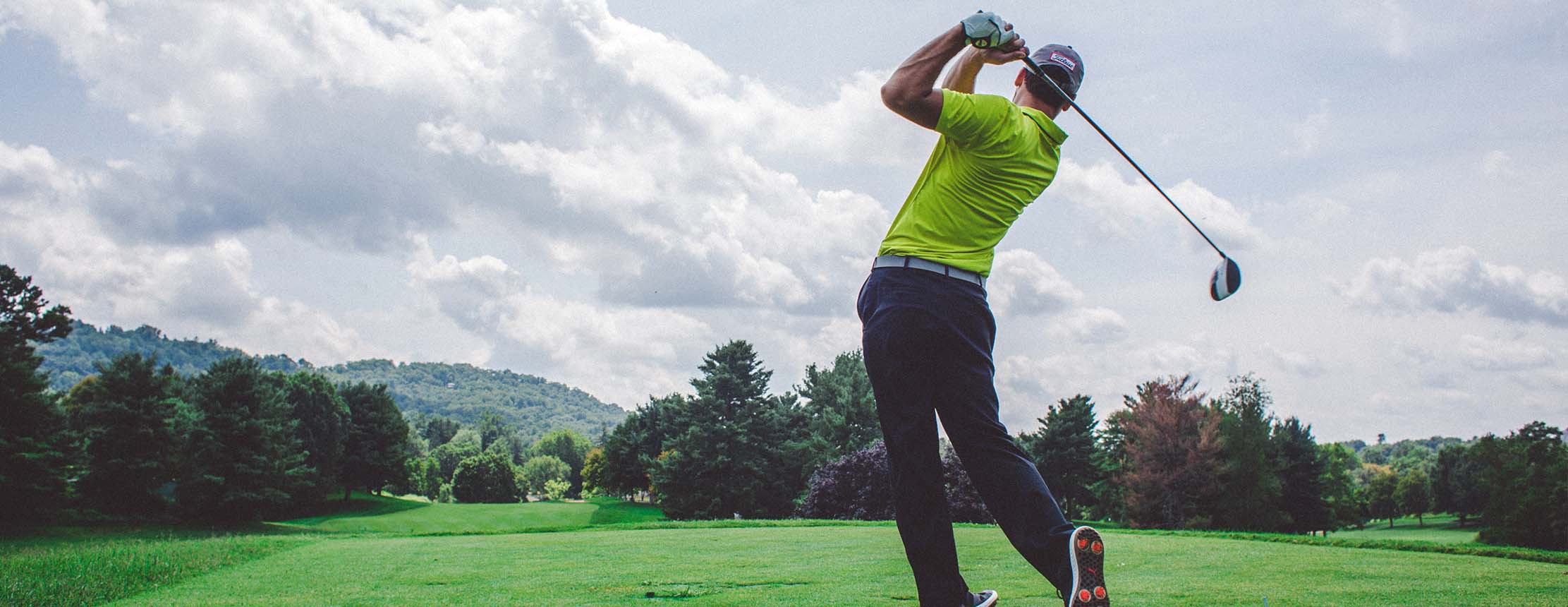Golf is a beloved sport that has been around for centuries. It’s enjoyed by people of all ages and backgrounds, from novices to experienced players alike.
While some may think they know everything there is to know about the game, there are actually a few surprising facts that many don’t realize. Here are six interesting things you might not have known about golf!
1. Golf was a 22 holes sport
The origins of golf are not entirely clear, but it is believed to have originated in Scotland during the Middle Ages.
The earliest known mention of golf is in a Scottish Act of Parliament from 1457, which banned the playing of “gowf” (as it was then known) because it was deemed a distraction from archery practice, which was considered important for national defence.
The first written rules of golf were drawn up in 1744 by the Company of Gentlemen Golfers, who later became the Honourable Company of Edinburgh Golfers.
This format lasted until the late 18th century when golf course designers finally settled on the current 18-hole game structure. The additional four holes were eliminated due to their perceived redundancy and difficulty.
The game became more organized and standardized in the 19th century, and the first golf clubs outside of Scotland were established in England and Ireland in the 1850s. From there, the game spread throughout the world, and today it is enjoyed by millions of people in many countries.
When learning the history of golf, many players and fans might be surprised to know that the game was once twice as long! It was only through the development of skill and technology that the game became more manageable with today’s 18-hole format.

2. Golf balls used to be made from wood
The earliest golf balls were made from wood, typically boxwood, which was carved into a round shape and then painted or coated with a material like varnish to make it more durable. These wooden golf balls were used for several centuries, from the early days of golf until the mid-19th century.
However, wooden golf balls had some limitations. They were relatively expensive to produce, and they didn’t travel as far or as accurately as modern golf balls.
In the mid-19th century, a new type of golf ball was introduced made from gutta-percha, a rubber-like substance that was moulded into a ball shape. These gutta-percha balls were more affordable and more durable than wooden balls, and they also had better flight characteristics.
Eventually, gutta-percha balls were replaced by rubber-cored balls, which were introduced in the early 20th century and are still the basis for most modern golf balls. These balls have a rubber core surrounded by a layer of tightly-wound rubber thread and a cover made from synthetic materials like Surlyn or urethane.
This marked a notable shift in the history of the sport, as it allowed for greater distance and accuracy when playing.
3. The longest putt ever recorded was 375 feet long
The longest putt ever recorded is believed to be a 375-foot (114 meters) putt made by a man named Fergus Muir in 2001 at the Royal Turkmenistan Golf Club.
This putt is not officially recognized as a world record because it was not made under tournament conditions or witnessed by an official scorer.
The longest putt ever recorded in a professional tournament is a 375-foot (114 meters) putt made by Jack Nicklaus during the 1964 Bing Crosby National Pro-Am at Pebble Beach Golf Links in California. This putt was downhill and across a green, and it took Nicklaus four strokes to get the ball in the hole.
It’s worth noting that measuring the length of a putt can be somewhat subjective, as it depends on the specific course and the way the hole is set up.
Additionally, many long putts are not officially recorded or recognized as world records because they were not made under specific conditions, such as in a tournament or in the presence of an official scorer.
4. The oldest golf hole in existence is at the Old Course at St. Andrews in Scotland
The oldest golf hole in existence is generally believed to be the 8th hole at the Old Course at St. Andrews in Scotland. This course has been in use for over 600 years and is considered the birthplace of golf.
While the exact origins of the course are unclear, it is believed to have been used for golf as early as the 15th century, and the current layout of the course has been in place since the 19th century.
The 8th hole, known as “The Postage Stamp,” is a par-3 hole that measures just 123 yards (112 meters) in length. Despite its short distance, it is considered one of the most challenging holes in golf due to its small size, steep drop-off, and difficult bunkers.
The hole has remained largely unchanged since the 19th century, and it remains a popular destination for golfers from around the world who come to play on this historic course.
5. The longest drive ever recorded was 515 yards
The longest recorded drive in a professional golf tournament is 515 yards (471 meters) by Mike Austin at the 1974 US Senior National Open. However, this distance is somewhat disputed, and the drive was not officially measured by the PGA at the time.
The longest drive that is recognized by the Guinness World Records was hit by 64-year-old retiree Mike Crean, who hit a drive that travelled 517 yards (473 meters) in 2017.
Crean hit the drive at the age of 64 during a charity golf event in Colorado, using a 460cc driver and a low compression ball. The drive was officially measured by the Guinness World Records and confirmed as the longest drive ever recorded.
It’s worth noting that these extraordinary distances are not typical for most golfers, and require a combination of skill, technique, and favourable conditions such as a strong tailwind, firm fairways, and dry conditions.
The average driving distance on the PGA Tour is around 295 yards, while the average driving distance for amateur golfers is much shorter.
6. The game was banned for 272 years
It is true that golf was banned in Scotland for a period of 272 years, although the exact duration of the ban is a matter of some debate among historians.
The ban was put in place by King James II of Scotland in the 15th century, who believed that golf was distracting people from practising their archery skills, which were deemed more important for national defence.
The ban was reaffirmed by subsequent monarchs and remained in place until the mid-18th century when attitudes towards golf began to change. In 1744, the Honourable Company of Edinburgh Golfers was granted permission by the City of Edinburgh to establish a golf club at the Links at Leith, and the ban on golf was finally lifted.
During the centuries-long ban, however, golf continued to be played in Scotland, albeit in a somewhat clandestine manner. Some golfers played on private land or in remote areas to avoid detection, while others simply ignored the ban and played openly.
Despite the ban, golf remained a popular pastime in Scotland, and the sport continued to evolve and develop during this period, ultimately becoming the beloved game that is enjoyed by millions of people around the world today.
Is golf hard to learn?
Many might think so, but with the right knowledge and practice, anyone can hone their skills and become proficient at the game. With its fascinating history and interesting facts, it’s no surprise that golf continues to remain popular worldwide.
The next time you’re on the green, take a moment to appreciate all that went into developing the sport we know and love today. After all, without its long journey golf wouldn’t be what it is today!
Overall, golf is a fascinating game with a long history full of interesting facts and stories. From its humble beginnings as a 22-hole sport to its record-breaking feats today, there’s no denying that golf has come a long way since its early days.
Hopefully, this list of surprising facts has offered some insight into the game’s vibrant past! Regardless of whether you’re an avid golfer or just beginning your journey on the green, these six remarkable pieces of knowledge are sure to leave you with an even greater appreciation for this classic sport.
So grab your clubs and get out on the course!
